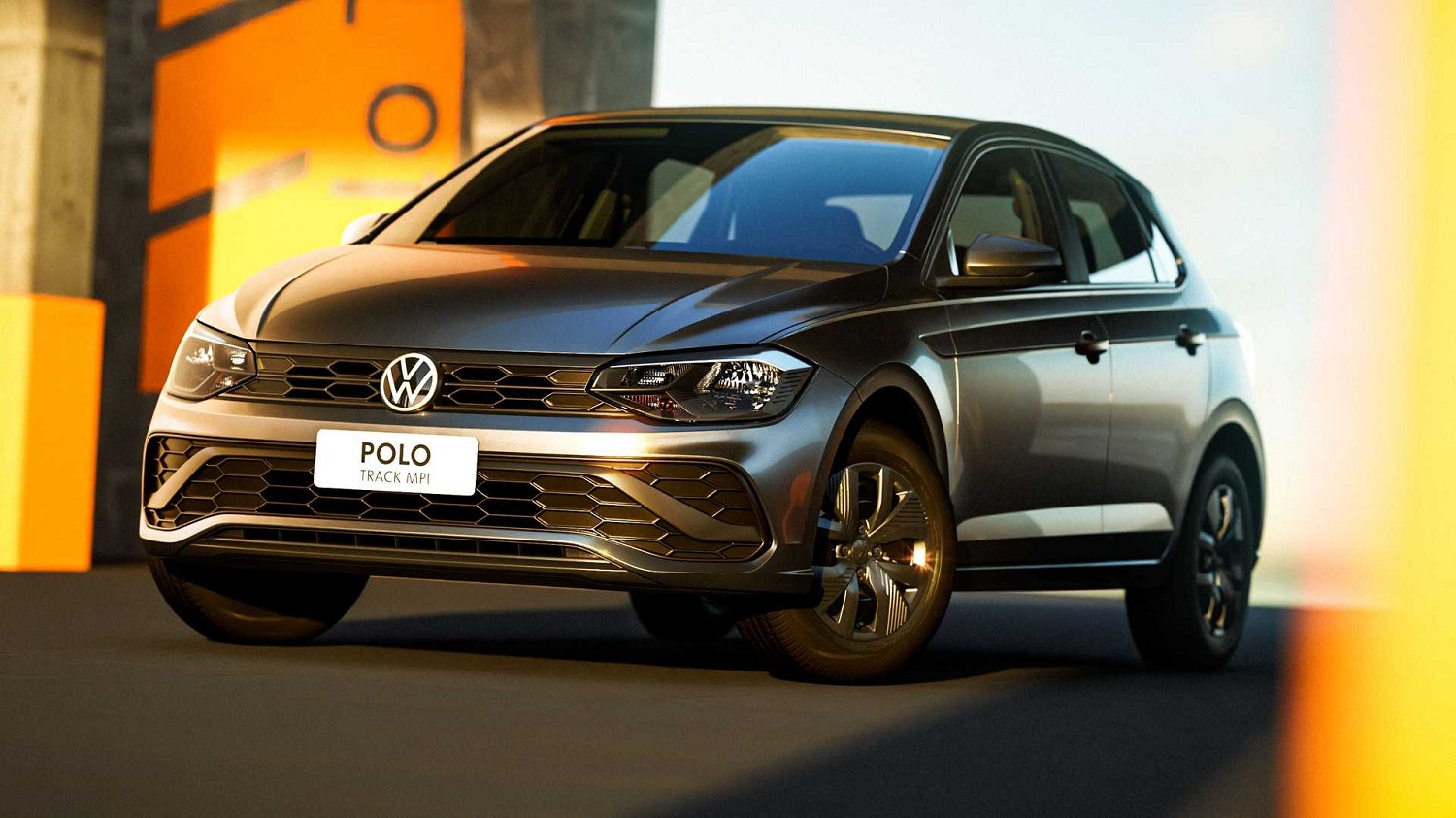
Volkswagen Group Africa has not ruled-out the possibility of supplementing its existing product range with models sourced from outside Europe and India as a means of reducing costs.
Besides the locally made Polo, Polo Vivo and Amarok, the rest of the brand’s models originate from the Old Continent, namely the T-Cross and Taigo from Spain, the Caddy and Crafter from Poland, the Golf, Tiguan and Tayron from Germany, the T-Roc from Portugal, the Touareg from Slovakia and the all-new Transporter from Turkey.
The only other exception is the Polo Sedan derived from the Virtus sold in South America, but made for South Africa in India.
Long reported as having expressed interest in bringing Skoda to South Africa, Volkswagen South Africa Managing Director, Martina Biene, said while nothing prohibits the brand from doing exactly that, an almost similar product range to Volkswagen’s current portfolio makes little sense for it doing so.
The same also applies to its Seat and Cupra divisions, the former having had a presence between 2006 and 2008 before being withdrawn after sales of less than 1 000 units as a result of a pricing blunder that resulted in its products being more expensive than the comparative Volkswagen offerings.
“We have looked at the entire brand range regarding Skoda and Seat. Nothing prohibits us from [bringing them]… but the [product] portfolio is not that different [from Volkswagen], Biene told The Citizen at the market launch of the Tayron two months ago.
“If you look at Skoda, it is the same car… they have the same platforms, different names and look slightly different, but I think their uniqueness is what stops us a little from [bringing it to South Africa]. But we would look into any option that is same-same but different”.
Biene also stated that while it is interested in bringing products from other markets such as South America and China to South Africa in response to the ongoing phasing-out of combustion engines in Europe, it remains hobbled by the markets in question being left-hand drive.
“We are diversifying our sources because as much as combustion engine production in Europe will get less and less in terms of also model availability, our [market] still has combustion engine products, so China is a very good option,” she said.
“The challenge with China and Brazil is that they are left-hand drive, so we must align with markets such as Australia or growing right-hand drive African markets for which of the 140 models we go for, for right-hand drive.
“You need about 20 000 to 40 000 units sales per year for a viable right-hand drive development, plus installation in the plant”.
Well known by now, the brand’s next phase will involve local production of the Tengo at its Kariega plant alongside the Polo and Polo Vivo from next year, with sales expected to start in early 2027.
A joint venture with Brazil and India where sales have already commenced under the Volkswagen Tera and Skoda Kylaq nameplates, the South African-spec Tengo will be shown in pre-production form at the brand’s annual product Indaba next year in preparation for the start of full-scale assembly.
Alongside it, the Polo Vivo is expected to continue until the end of the decade, while the Polo will live on past that and benefit from a series of updates, reportedly, next year.



